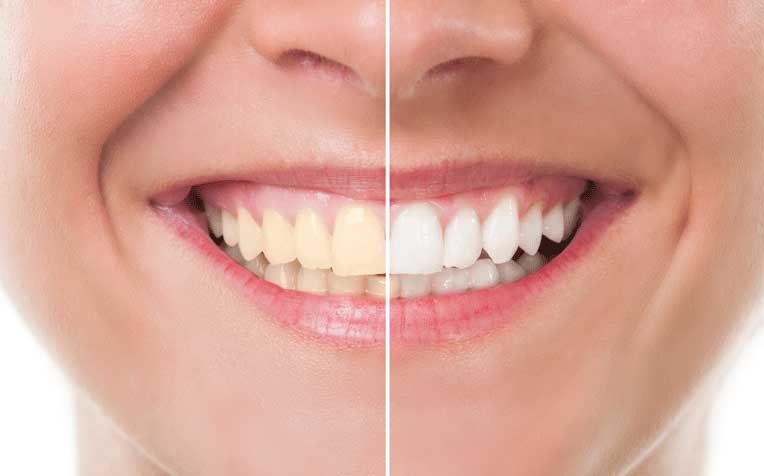
Tooth decay or misalignment can cause bacteria to build up in the mouth.
With proper dental care, you can show off your pearly whites when the occasion calls for it.
Urban legend has it that Mona Lisa – that enigmatic beauty made famous by Renaissance painter Leonardo da Vinci – appears reluctant to smile because she had bad teeth or worse, none at all. In all probability that may be true. If you were born in the 15th century at around the time the portrait was painted, there's a high chance that your teeth would have become rotten even before you reached your thirties.
Fluoridation of drinking water did not come about until about 100 years ago. Fluoride is a mineral, which helps prevent tooth decay when applied topically. Proper toothbrushes and toothpastes were not available, and dental care was rudimentary or unheard of. Modern developments in dental care and cosmetic dentistry today have made it possible to preserve a healthy-looking set of teeth into late adulthood and beyond. Almost anyone who adopts a good dental hygiene regime and is willing to spend (time and money) for aesthetic dental treatment can have a "Hollywood smile".
And despite the accessibility to dental healthcare today, there is a still a proportion of individuals who allow their teeth to rot.
Let’s look at the three common problems that get in the way of healthy teeth and a beautiful smile.
Dental caries or tooth decay
This happens when plaque, that sticky film of bacteria that clings on to teeth, is not removed through regular brushing and flossing. The bacteria feeds off the sugars from the foods and drinks we ingest and produce acids that erode the teeth enamel, leading to cavities and causing toothaches, sensitivity, discoloured teeth, and bad breath.
The good news is that dental caries is easily preventable.
Solution: Practise optimal dental hygiene (see “12 Dentist Tips for the Best Smile Ever”).
For mothers keen to give their child a head start against early childhood caries, a caries assessment test for both mother and child, followed by a tailored dental programme can help lower the risk of tooth decay.
Misalignment
Crooked teeth are not merely an aesthetic problem. A set of poorly aligned teeth also have many "corners" where bacteria plaque can reside, and be safe from the mechanical action of tooth-brushing. These difficult-to-clean areas are high risk sites of dental decay.
Solution: Talk to an orthodontist about straightening your teeth.
Accelerated orthodontics means you need to wear your braces for less time than it usually takes, which is typically about two years. Straightening your teeth not only helps to prevent tooth decay, it also enhances your appearance and improves your bite.
If you are worried about how you will look with braces, there is a solution: Clear, removable braces are virtually unnoticeable when fitted on.
Wisdom teeth
These troublesome molars only start to grow in our late teens or early 20s. As luck would have it, they also appear at the back of our mouth, making them even harder to reach and therefore more prone to tooth decay and gum disease. Wisdom teeth that are slanted could cause food traps against neighbouring teeth and cause decay in them. Cases where cysts form around buried wisdom tooth have also been recorded.
Solution: Surgery to remove your wisdom teeth at the first sign of trouble.
We use the word ‘surgery’ because the procedure usually requires an operation and stitching afterwards.
Ref: Q15
Contributed by















 Get it on Google Play
Get it on Google Play